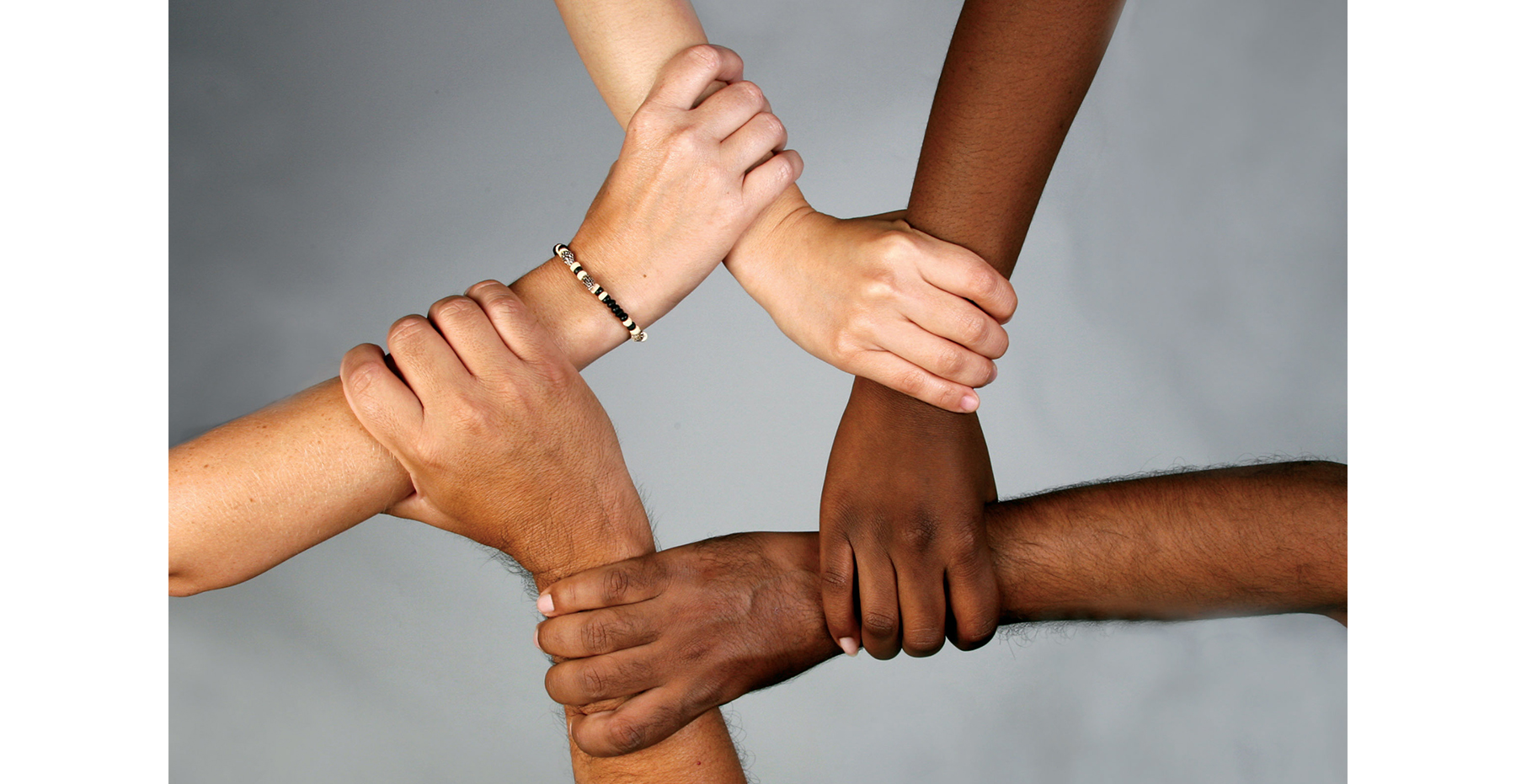1.1 Chapter Overview and Learning Objectives

Chapter Overview
Race and ethnicity play a large role in our everyday lives, even when we don’t speak openly about them. Rarely do we discuss race with others. This chapter begins with an explanation of the sociological perspective, which will explore race and ethnicity from a sociological lens. The examples we explore will help develop our understanding of how race and ethnicity are constructed, as well as how they influence various institutions and our lives. We will also examine historical and contemporary news to apply our understanding of race and ethnicity. This chapter will set the foundation for understanding race, ethnicity, crime, and the criminal justice system through a sociological lens.
Learning Objectives
By the end of this chapter, you will be able to:
- Define and utilize concepts central to understanding our world from a sociological perspective.
- Explain the social construction of race, common inaccuracies surrounding race, and how these impact people in society.
- Explain how history and colonialism influence contemporary understandings of race and ethnicity.
- Examine the consequences of white privilege on society.
Key Terms
- Culture: a group’s shared practices, values, and beliefs.
- Ethnicity: shared social, cultural, and historical experiences of people from common national or regional backgrounds that make subgroups of a population different.
- Macro-level: social research focusing on trends among and between large groups and societies.
- Micro-level: social research focusing on small groups and individual interactions.
- Objective: to look at something without bias (Carl, 2013).
- Race: a category of people grouped because they share inherited physical characteristics that are identifiable, such as skin color, hair texture, facial features, and stature.
- Social construction: a social construct or construction is a concept, idea, or meaning that is established and largely agreed upon by a society; it has no objective reality, but is what people decide it is (Berger and Luckmann, 1966).
- Social facts: the laws, morals, values, religious beliefs, customs, fashions, rituals, and cultural rules that govern social life.
- Social institution: a group, organization, or social arrangement that is created to serve the needs of society.
- Social location: a cumulation of cultural values and norms from a period.
- Society: a group of people living in a defined geographic area that has a common culture.
- Sociological imagination: an awareness of the relationship between a person’s behavior and experience and the culture that shaped their choices and perceptions (Mills, 1959).
- Sociology: the scientific and systematic study of human relationships, institutions, groups, and group interactions, societies, and social interactions, from small and personal groups to large groups.
- Subjective: to rely on judgments (rather than external facts) driven by personal feelings and opinions.
- White feminism: the pursuit of gender equity in a way that systematically ignores – and benefits from – the impact of race, power, and dominance of white women in society.
- White privilege: the special benefits, protections, and access to power conferred upon white people.
- White supremacy: the racist belief that white people are superior to people of other races and ethnicities.
Licenses and Attributions for Chapter Overview and Learning Objectives
Open Content, Original
“Chapter Overview and Learning Objectives” by Shanell Sanchez, revised by Jessica René Peterson, is licensed under CC BY 4.0.
Open Content, Shared Previously
“Chapter Overview and Learning Objectives” is adapted from “Sociology: Understanding and Changing the Social World (Barkan)” by Anonymous, which is licensed under CC BY-NC-SA 4.0. Modifications by Shanell Sanchez, revised by Jessica René Peterson, licensed under CC BY-NC-SA 4.0, include revising for clarity, recency, and brevity.
“Chapter Overview and Learning Objectives” is adapted from “1.1: Sociological Perspective and Sociological Imagination” by Erika Gutierrez, Janét Hund, Shaheen Johnson, Carlos Ramos, Lisette Rodriguez, and Joy Tsuhako, SOC 106: Race and Ethnicity (Brenner), Long Beach City College, Cerritos College, and Saddleback College via ASCCC Open Educational Resources Initiative (OERI), which is licensed under CC BY-NC-SA 4.0. Modifications by Shanell Sanchez, revised by Jessica René Peterson, licensed under CC BY-NC-SA 4.0, include revising for clarity, recency, and brevity.
Figure 1.1. “Racially diverse unity” by Wonder woman0731 is licensed under CC BY 2.0.
a category of people grouped because they share inherited physical characteristics that are identifiable, such as skin color, hair texture, facial features, and stature
shared social, cultural, and historical experiences of people from common national or regional backgrounds that make subgroups of a population different
a group of people living in a defined geographic area that has a common culture
the special benefits, protections, and access to the power conferred onto white people

